– no matter how bad things might seem during this particularly dark period in time
– no matter how crazed this crowded little world may of late have become
-no matter how dangerously misguided so many of its self-proclaimed leaders are determined to prove themselves to be
…that – even so – the zeitgeist could hardly compare with the sense of dislocation, chaos and loss that my parents’ generation endured during and subsequent to the Second World War. Could one ever truly imagine living through those portentous days?
Until now!…
Now, I am no longer so sure. Now it really does feel sometimes as though we are living through the end of days.
Let us pause for breath. I feel sure that the gentle reader would thank me not at all for enumerating once again the long list of woes of the world with which we are currently inflicted. A great deal has been – and is (thankfully) still being written, day upon day – that gives us at the very least a chance of understanding the substance of some of these grim matters. But let us look instead for whatever fresh green shoots may be discovered peeping through the fallen snows.
As the post WW2 order that has done a better than expected job of keeping us all safe (and I do mean ALL) is rapidly being demolished by vandals for whom history is based not upon fact but is rather up for negotiation, fabrication and grievance… there are perhaps a few small glimmers of light.
The massive and incomprehensible act of self-harm that was (and is) Brexit may just slowly begin to be revised. Were the UK to build a new relationship with a re-invigorated Europe that would be no bad thing. We really should try to remember just why the countries of Europe – following two devastating global wars – thought that closer ties were a good idea in the first place (and – no! it was just not to disadvantage our cousins to the south).
If the ties between some of the Commonwealth partners (the UK, Canada, Australia and New Zealand for example) were to be strengthened – that would also be a win.
If more of us throughout the world were to follow the example of my adopted nation in standing up to the bullies – that would also raise the spirits. Feel free to take inspiration from our grassroots “Elbows Up, Canada” campaign, the which is fast spreading across the nation. For those readers outwith Canada here is the CBC’s explanation for the origin of the slogan:
When Canadian actor and comedian Mike Myers, clad in a “Canada is not for sale” T-shirt, twice mouthed the words “elbows up” and tapped his own left elbow on Saturday Night Live last weekend, he was sending a not-so-subtle signal to his compatriots north of the border: Get ready for a fight.
Facing punishing tariffs on Canadian exports and repeated jibes from U.S. President Donald Trump about their country becoming the 51st state, Canadians were understandably riled. “Elbows up” became the rallying cry they’d been looking for.
In hockey-loving Canada, the phrase automatically evokes memories of one of the game’s greatest players, Saskatchewan-born Gordie Howe, who before becoming Mr. Hockey had earned another nickname: Mr. Elbows.
Unfailingly humble, generous and gentlemanly off the ice, Howe would wield his elbows like weapons when battling for the puck.
“If a guy slashed me, I’d grab his stick, pull him up alongside me and elbow him in the head,” Howe once said, describing his favourite method of retribution.
To those who feel inclined to ridicule such an emotional response I would just add another quote – from the Dalai Lama XIV:
“Don’t ever mistake my silence for ignorance, my calmness for acceptance or my kindness for weakness. Compassion and tolerance are not a sign of weakness, but a sign of strength.”


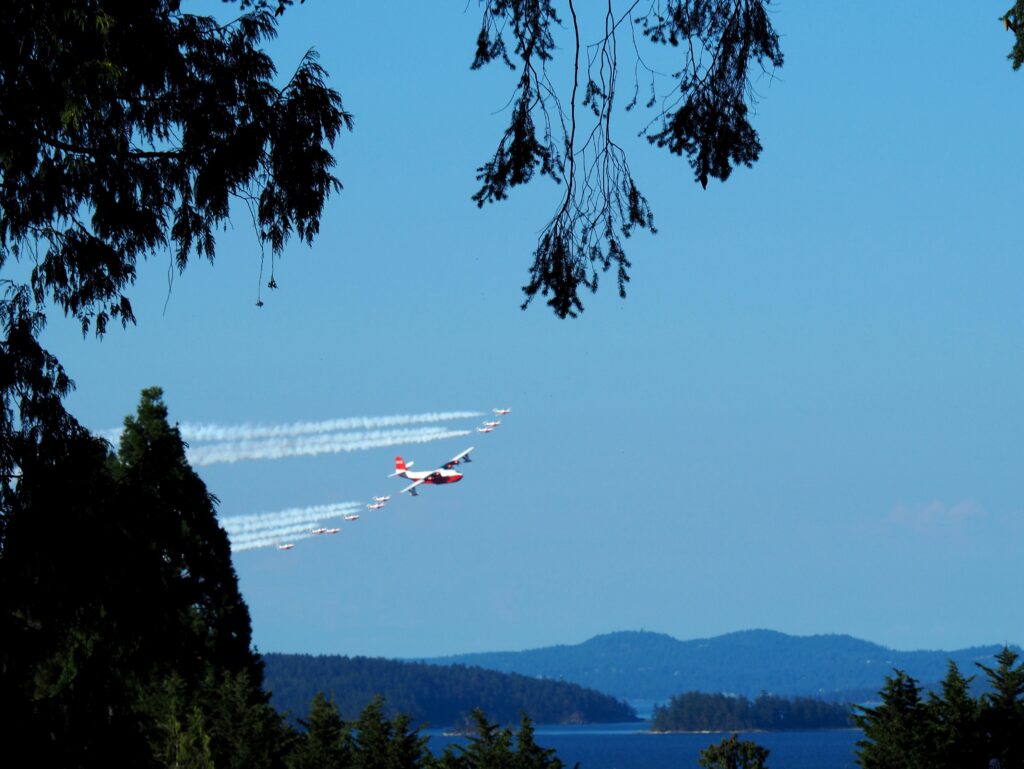
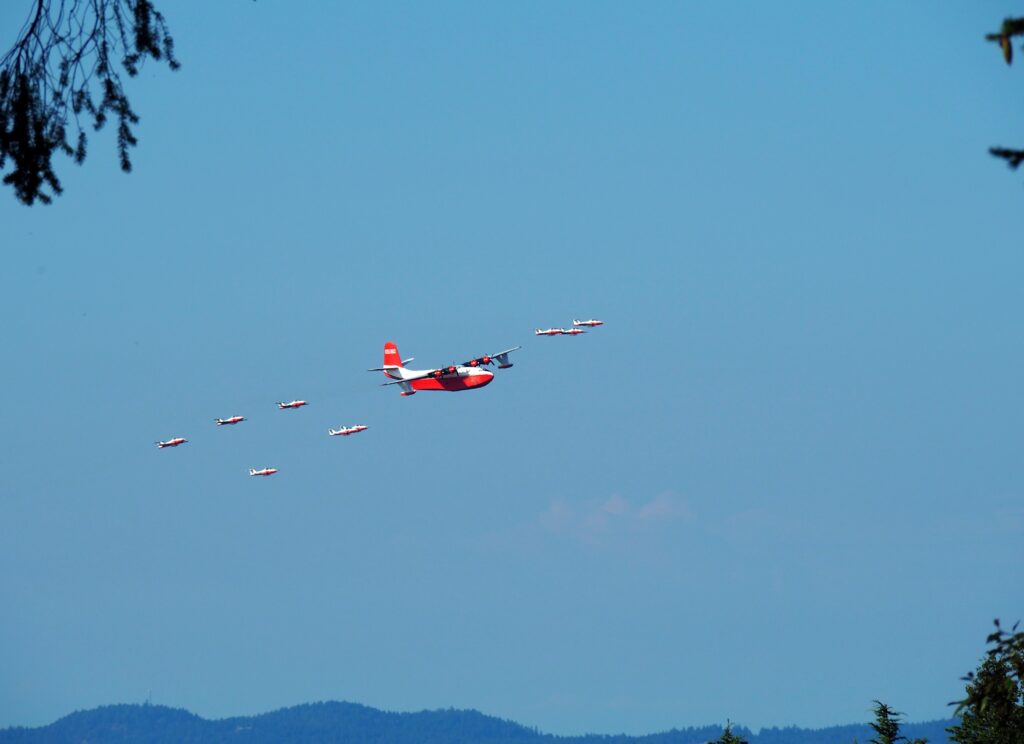
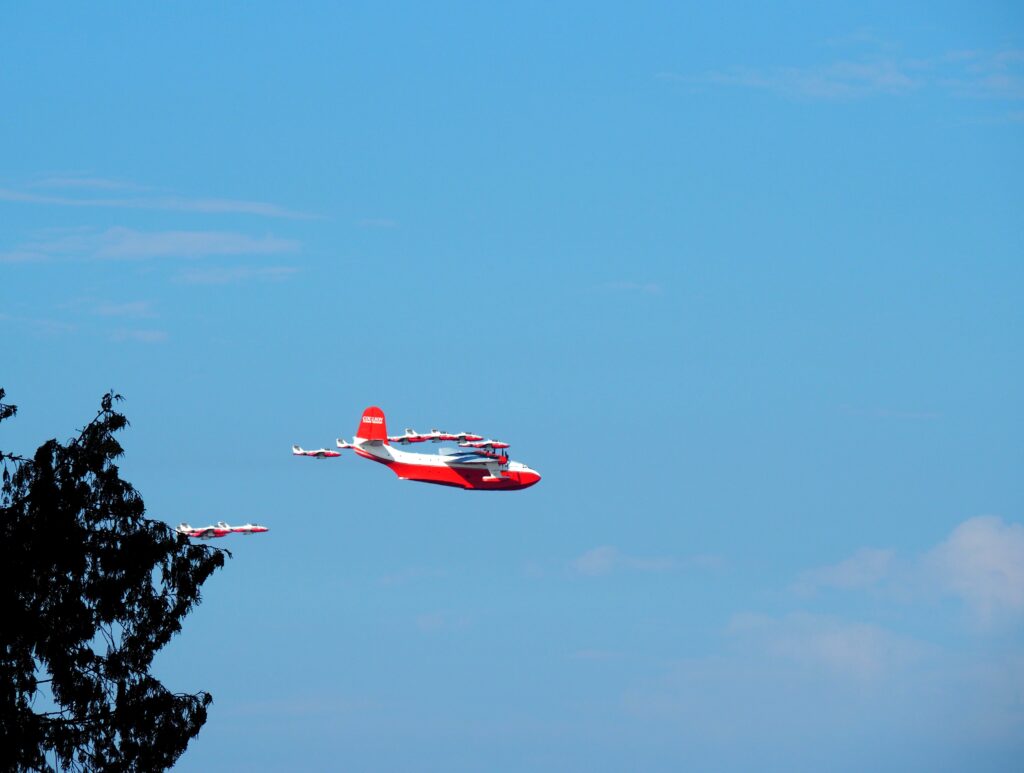
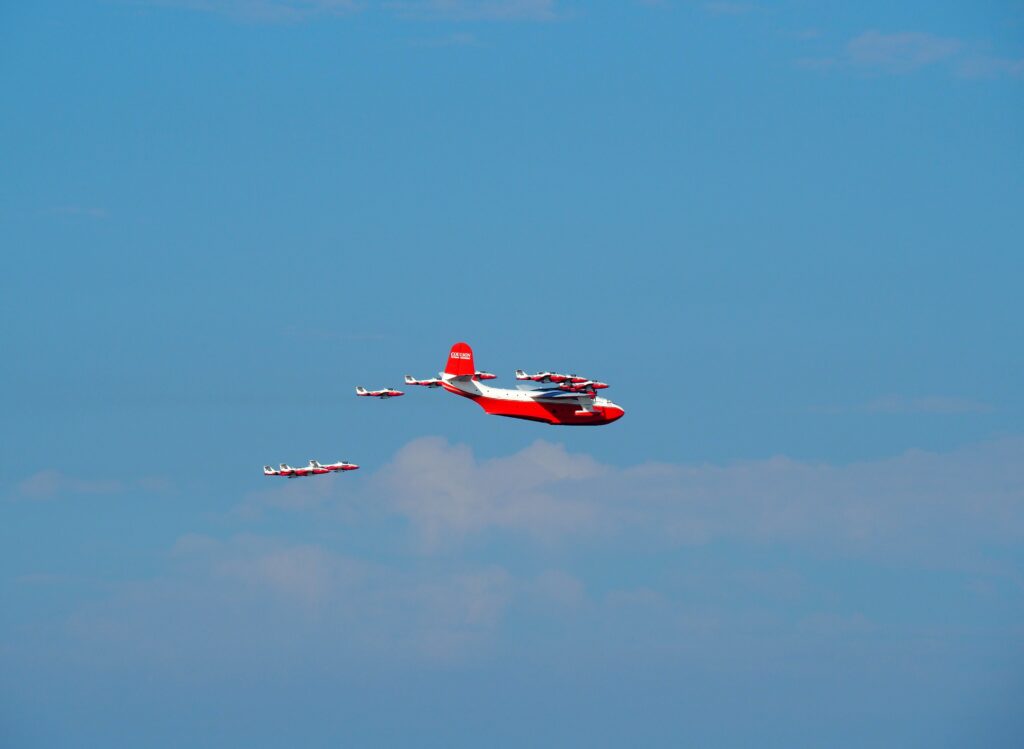

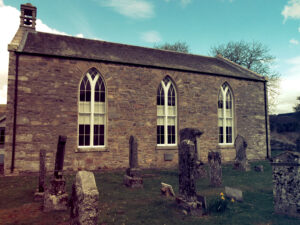
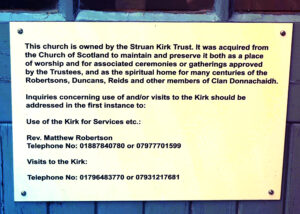
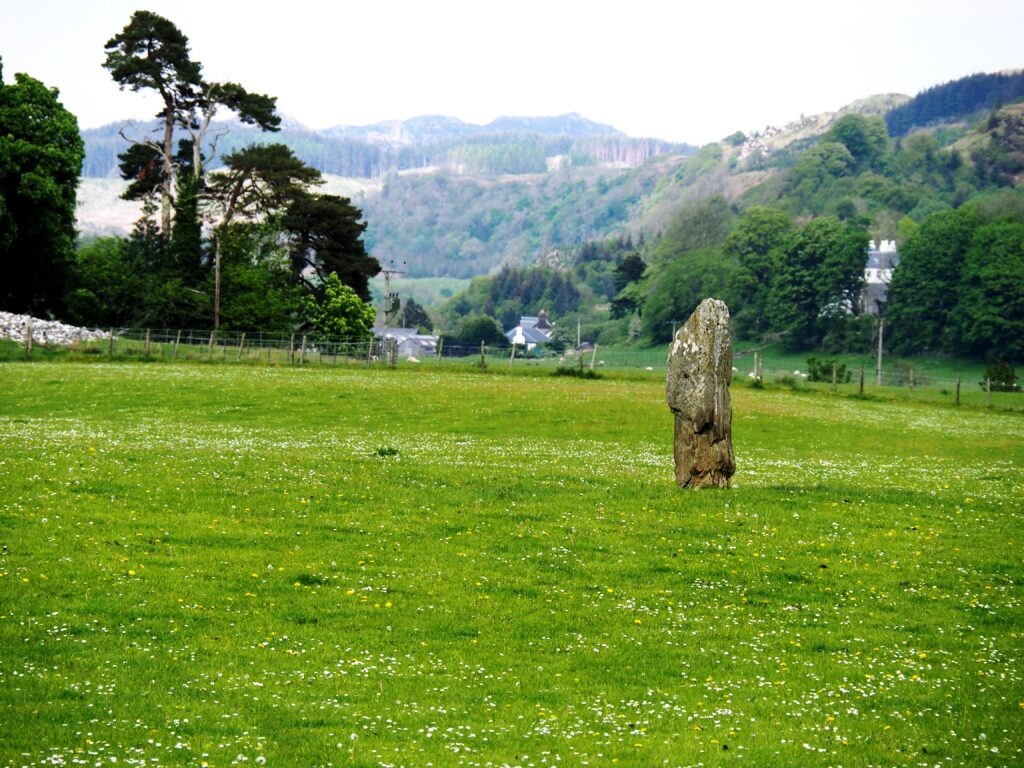
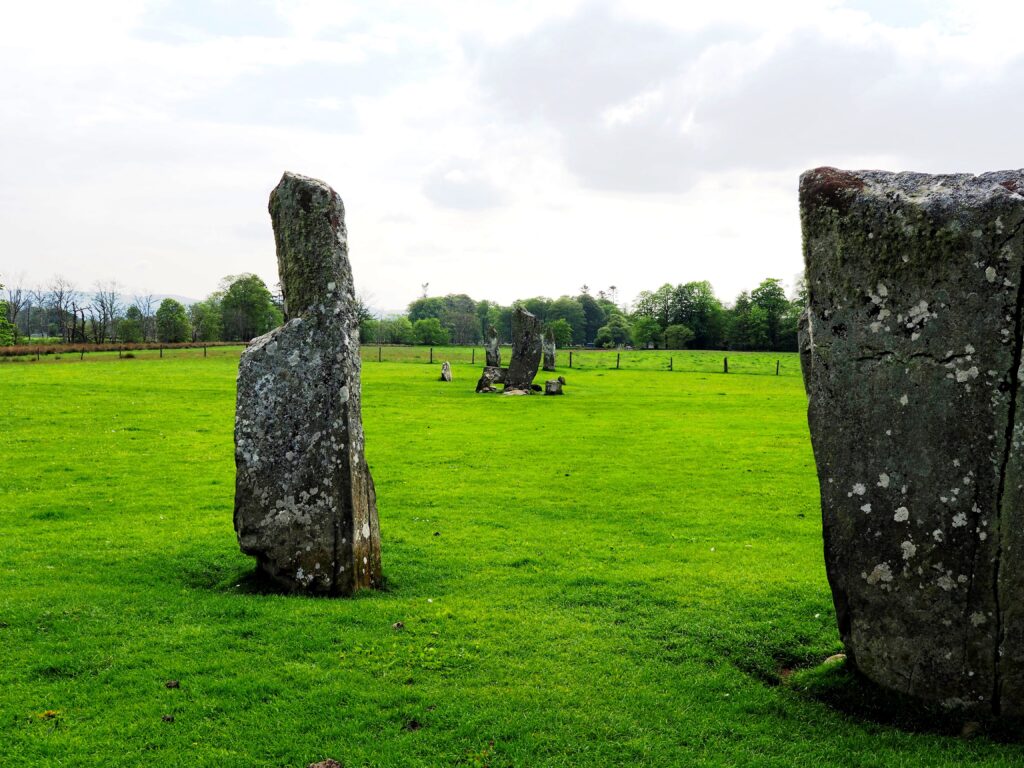
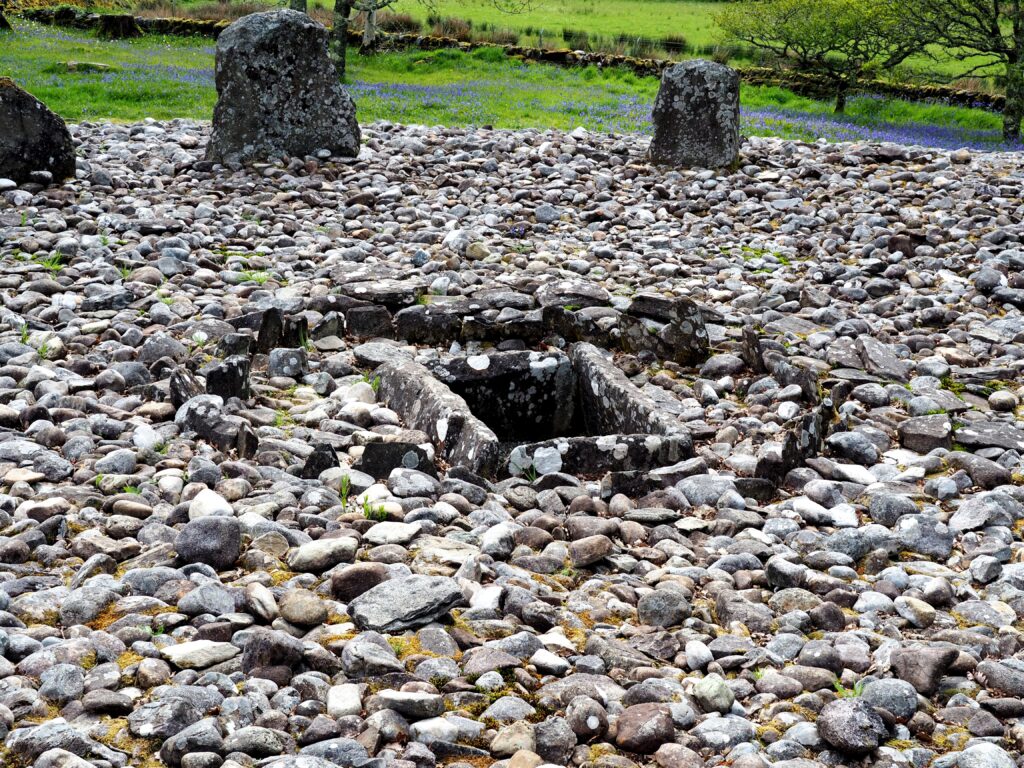
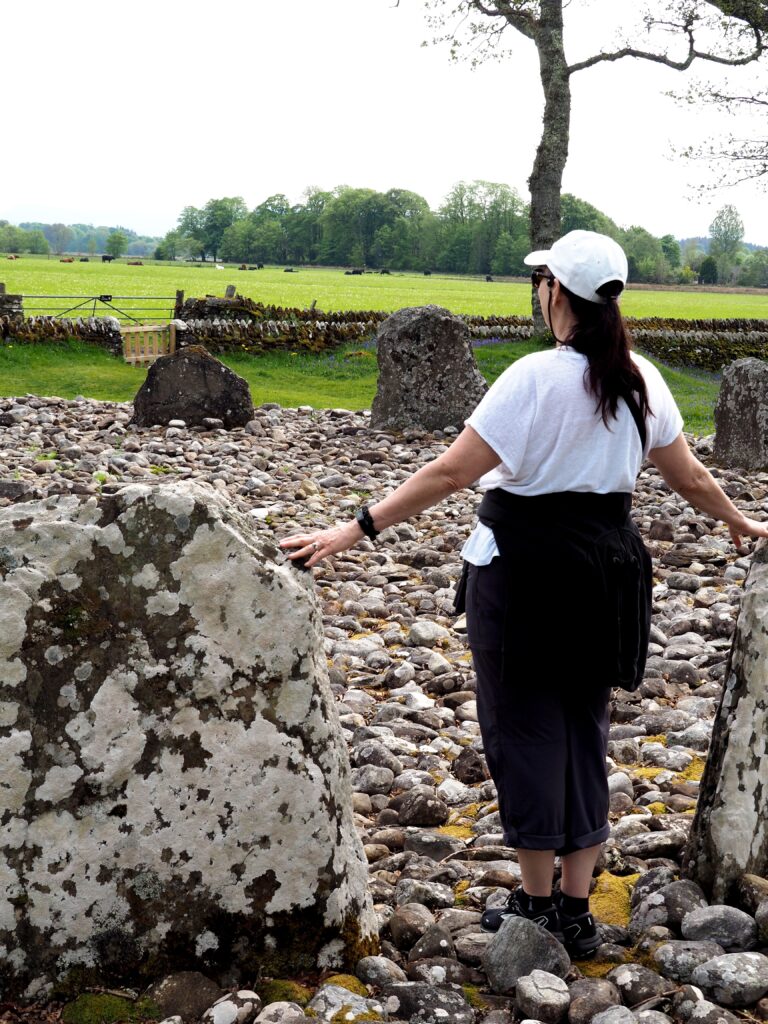
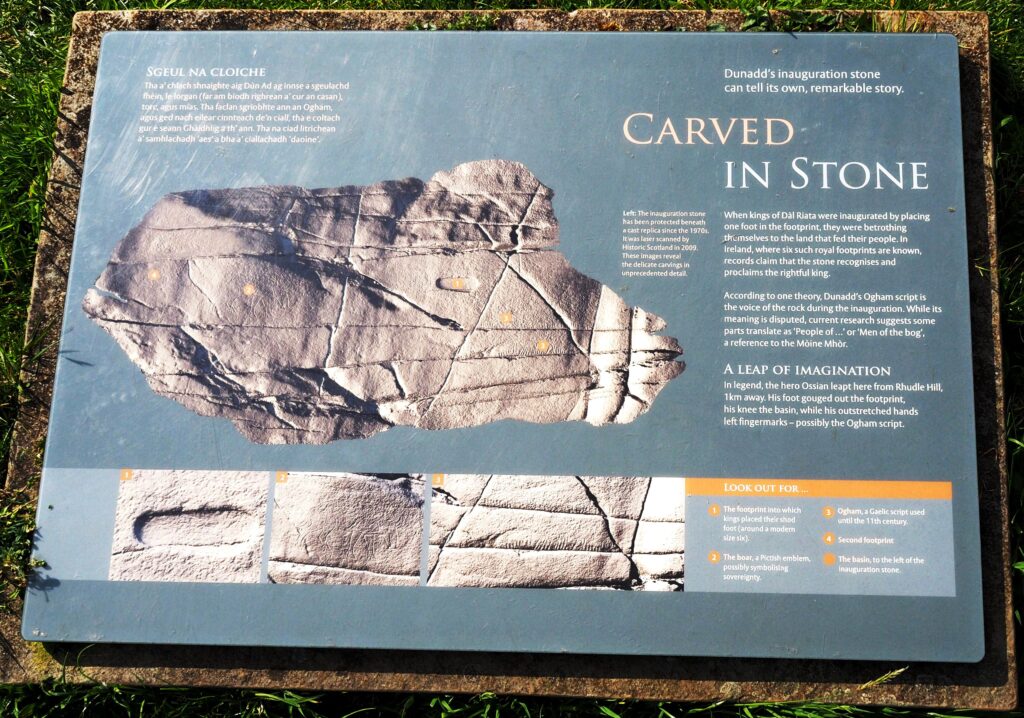
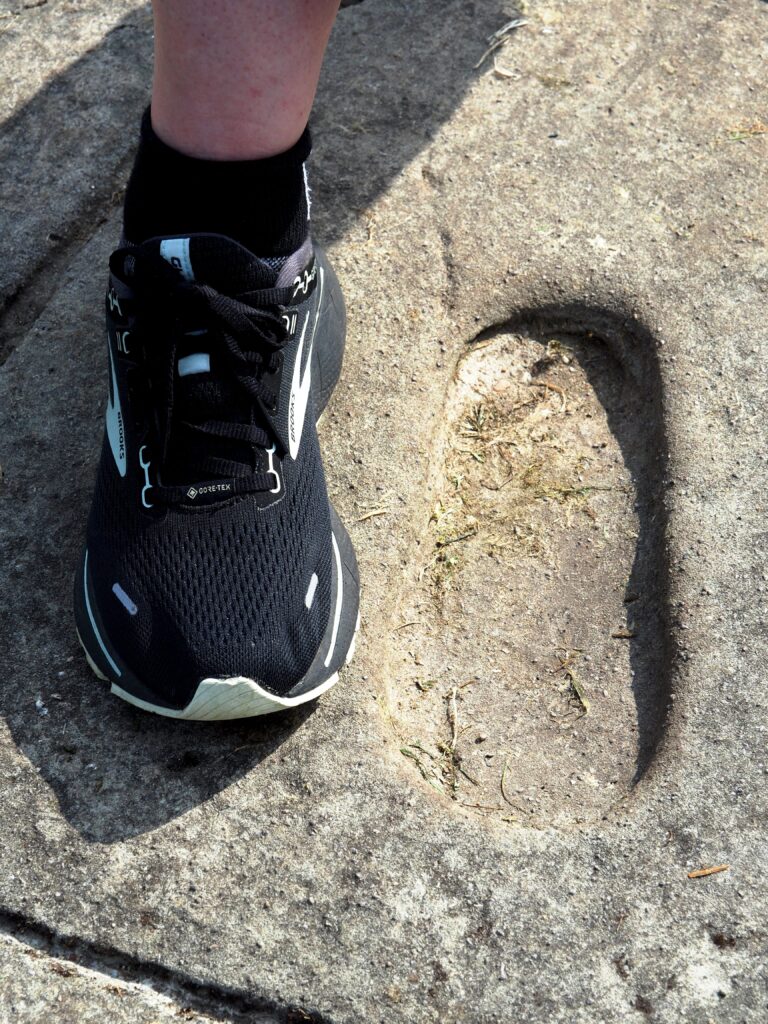
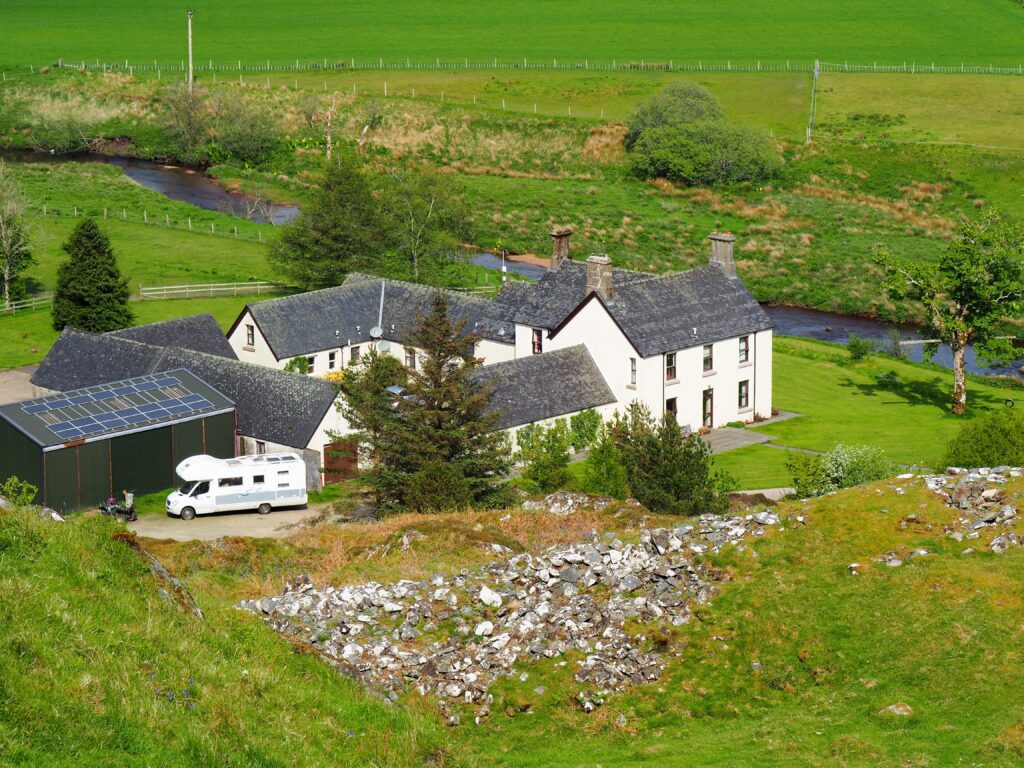
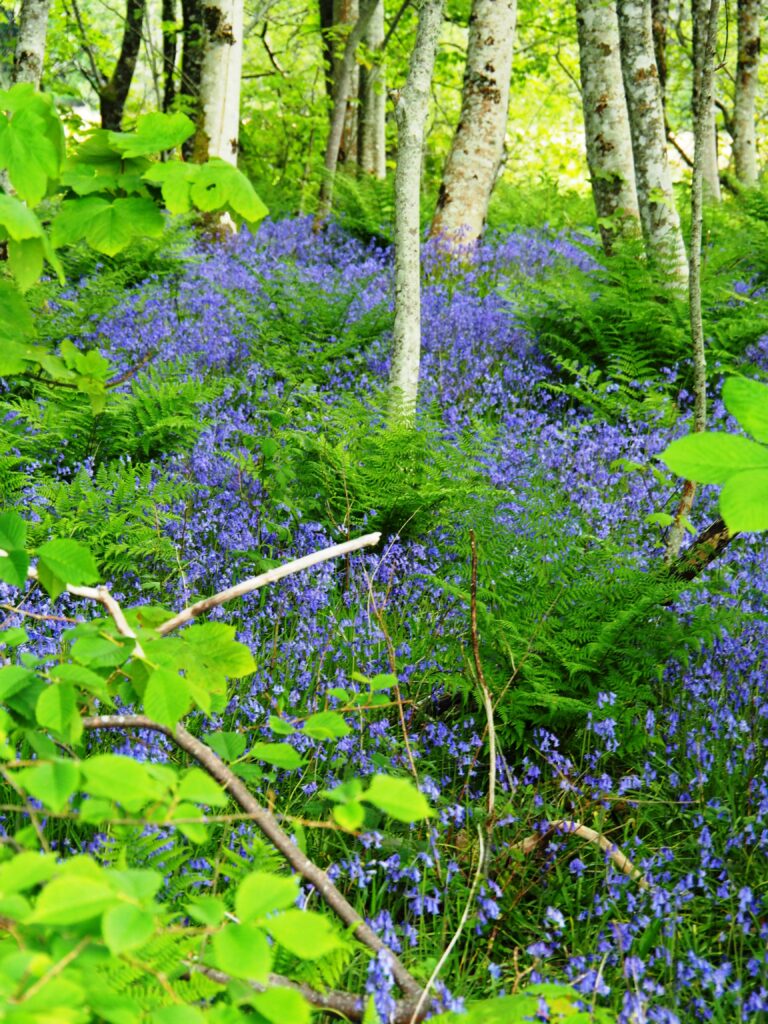
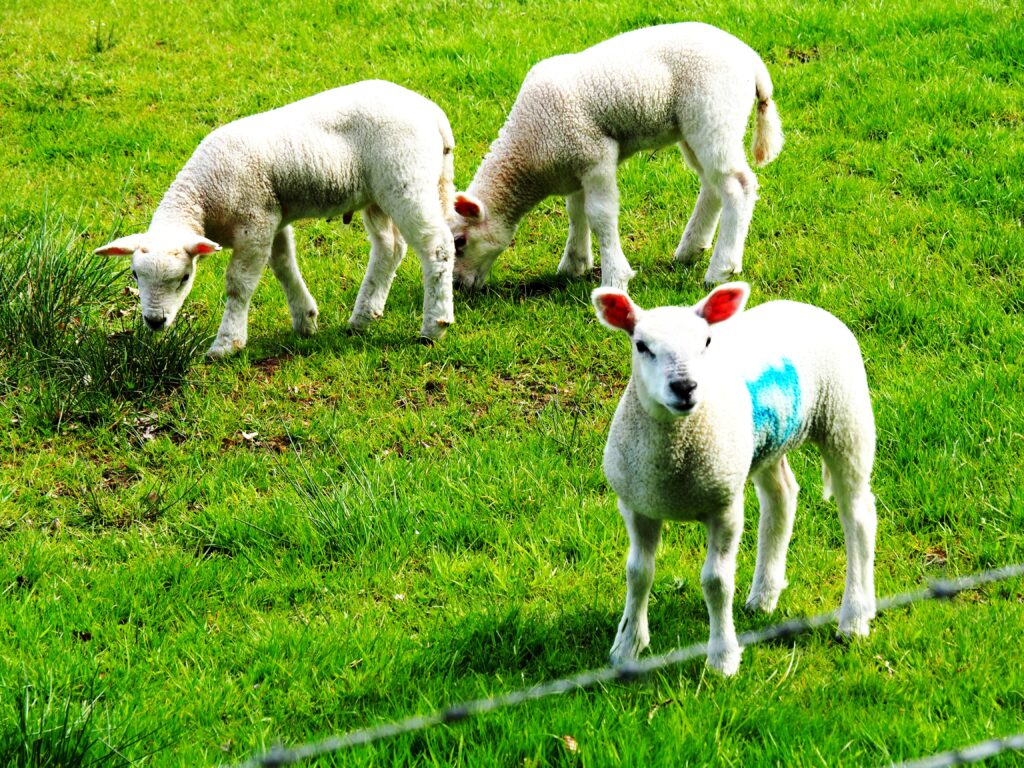
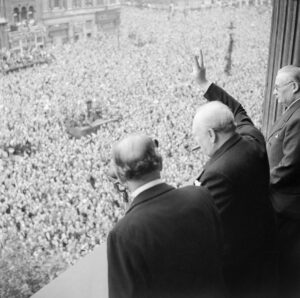
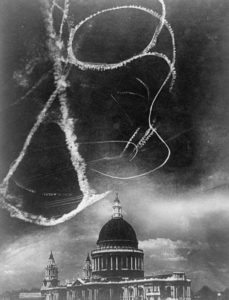
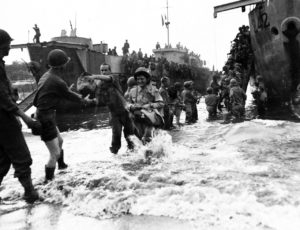
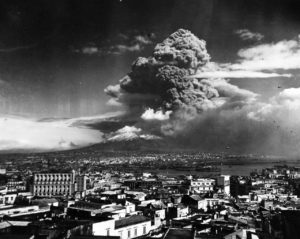
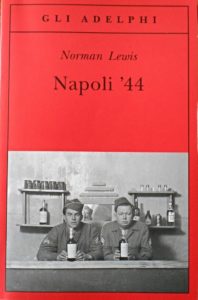
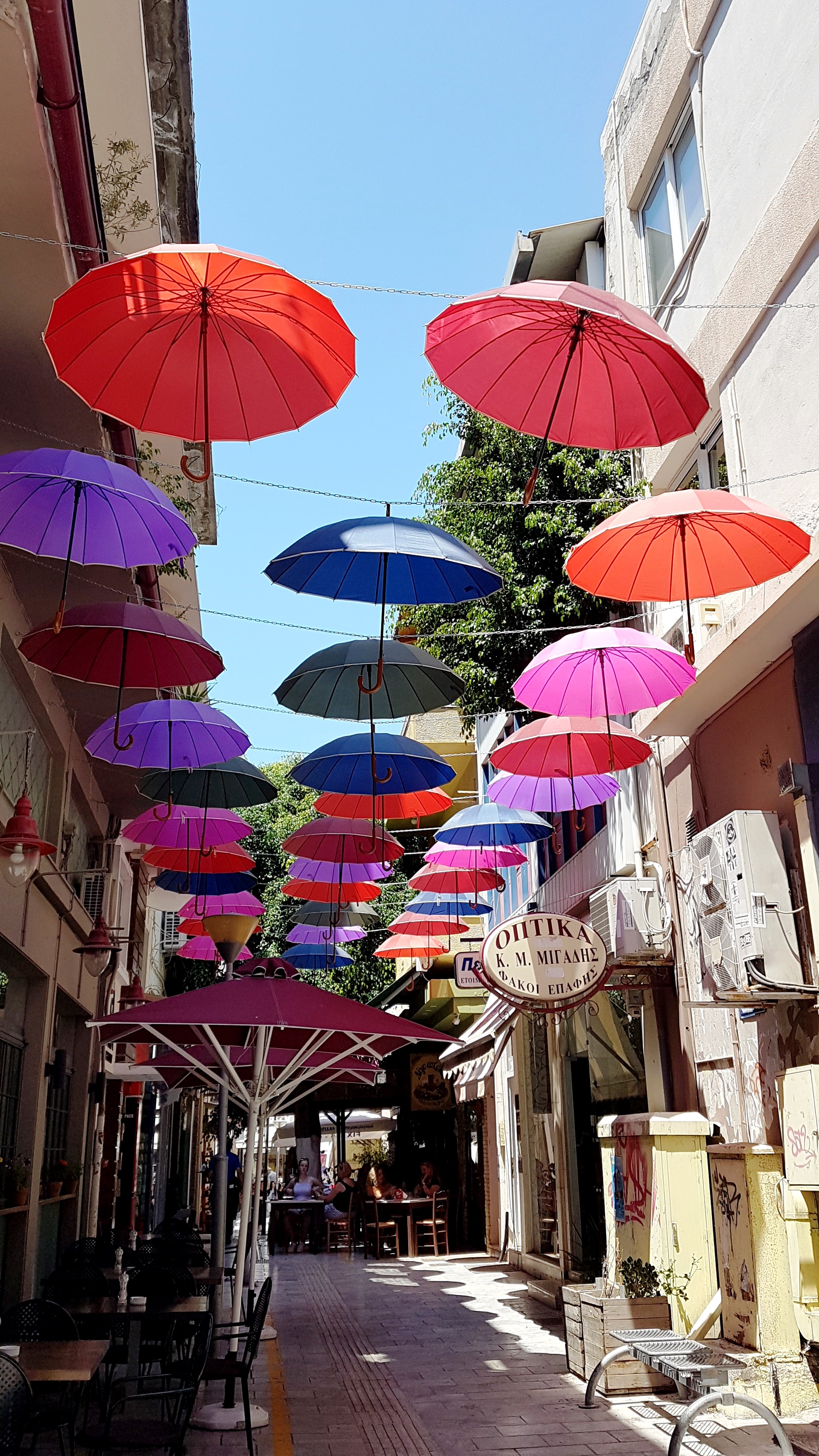


Recent Comments